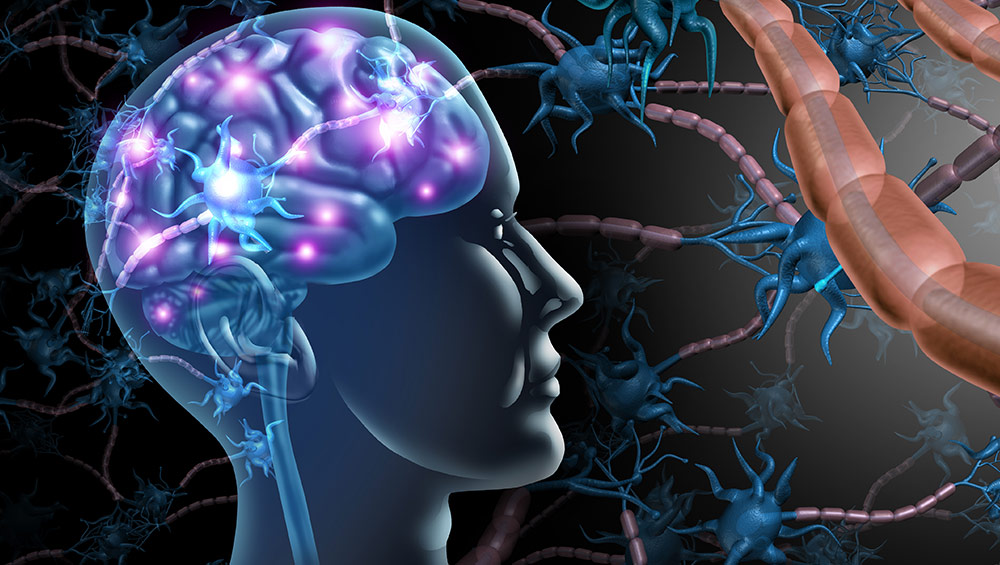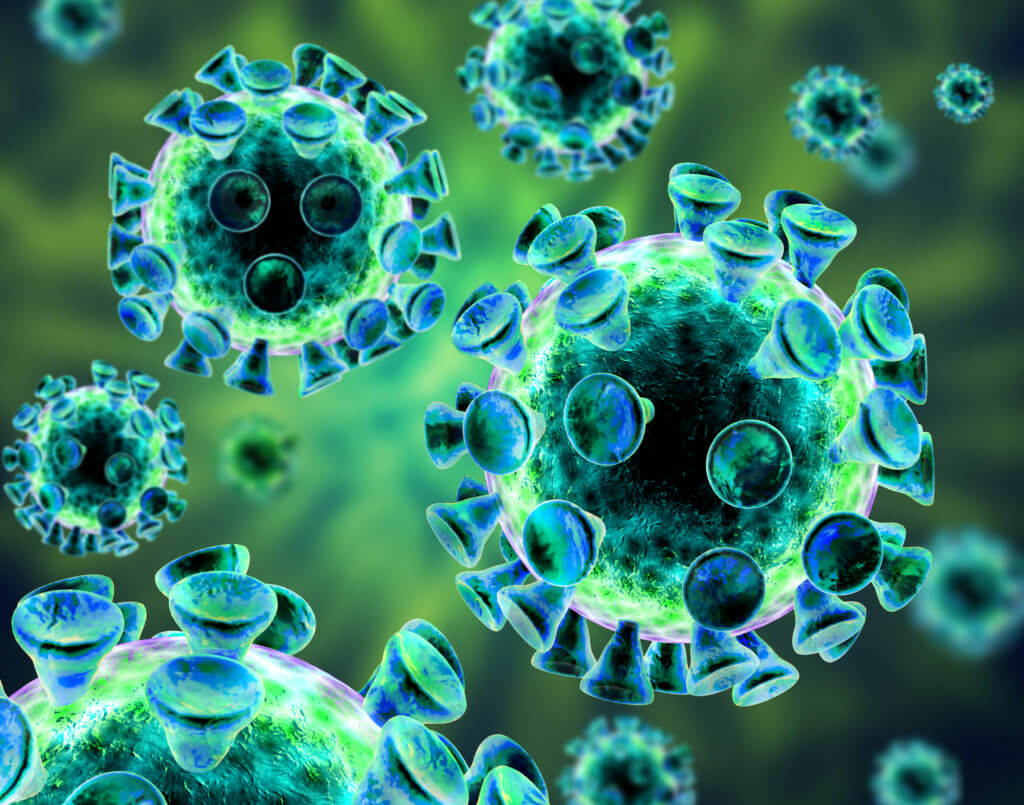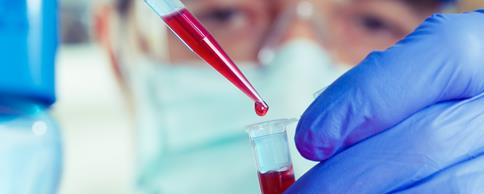FDA gives approval to cord blood therapy for brain injury.
Cord blood has long been established as a treatment for blood disorders such as leukaemia and anaemia – but there has been a growth in its use in regenerative therapies – including brain injury. In fact, when it comes to privately banked cord blood, 82% of samples released for autologous use have been as part of a treatment for a brain injury (1)
In late 2017 the Food and Drug Authority (USA) granted permission to Duke University, North Carolina, to expand access to its clinical trials for a variety of brain injuries. Including autism and cerebral palsy.
This move will mean families with a child affected by one of the conditions can enrol on the trial providing they have access to a privately banked cord blood unit.
How does cord blood help brain injury?
The key seems to lie in the rich source of cells contained within cord blood, including a more rare type of cell known as CD14+. The unique properties of CD14+ means they are able to cross the blood/brain barrier and be utilised in innovative treatments for neurological conditions.
A study compared the abilities of CD14+ cells from a variety of sources and found that those derived from cord blood demonstrated greater effect in repairing neurological damage than CD14+ from other sources (2)
A future cure for neurological conditions?
The use of stem cells to treat brain injury is still in its infancy, however, the dedication of pioneers such as Dr Joanne Kurtzberg and the team at Duke University has meant that research has developed from small efficacy trials to a much larger open access trial with FDA approval. This is a huge step forward in regenerative medicine. Conditions such as autism cost the UK economy more than heart disease, stroke and cancer combined.(3) The prospect that we may be able to repair damage to the brain as opposed to simply manage symptoms is an exciting and potentially transformative one.”
References
- https://www.ncbi.nlm.nih.gov/pubmed/26030051
- http://www.celltherapyjournal.org/article/S1465-3249(15)00587-3/pdf
- http://www.lse.ac.uk/newsAndMedia/news/archives/2014/06/Autism.aspx



